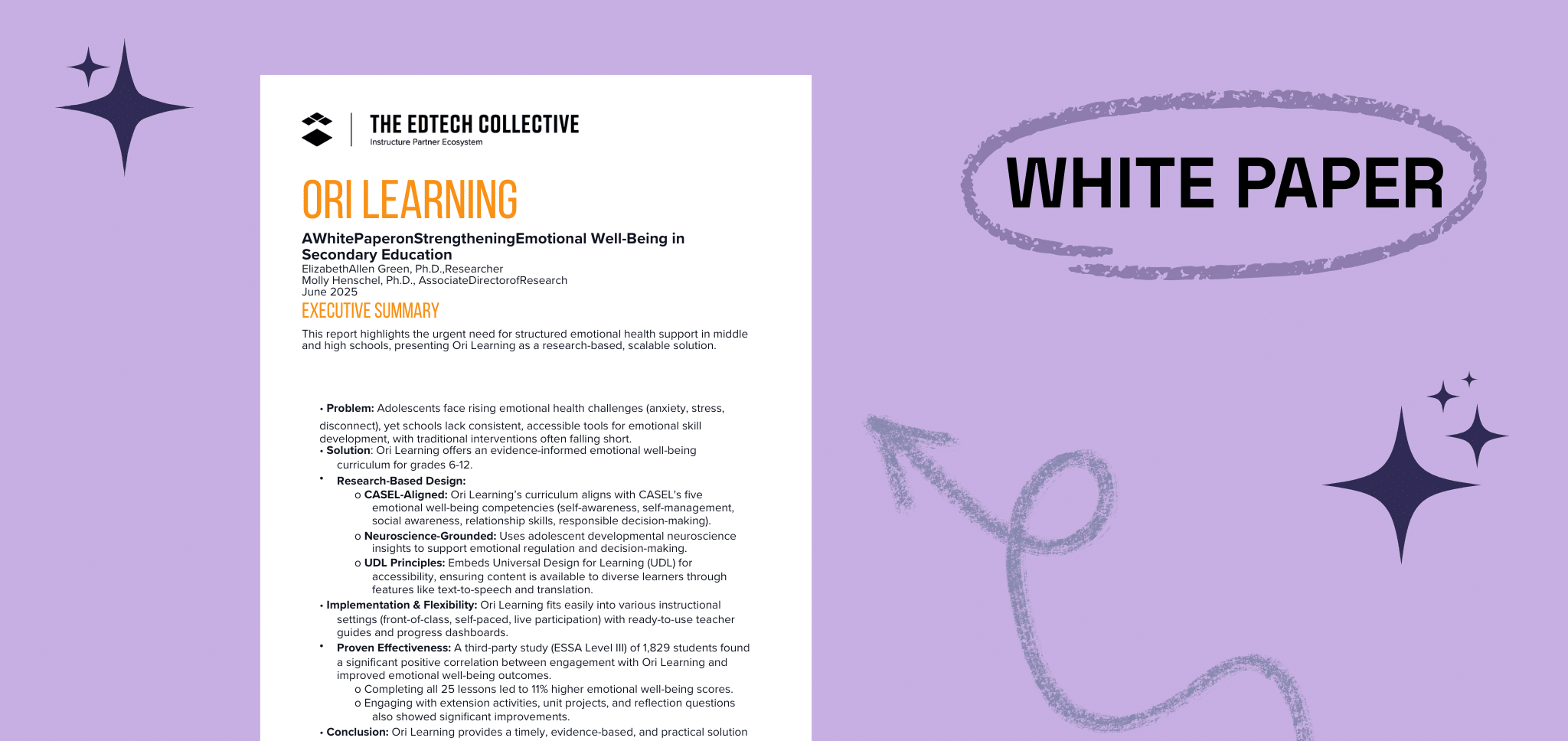

Emotional well-being has been gaining popularity in recent years as a crucial component of a well-rounded education. The goal of emotional well-being is to help students develop essential life skills such as self-awareness, empathy, communication, and problem-solving. However, the implementation of emotional well-being programs in schools can sometimes fall short of expectations. In this post, we’ll explore the differences between expectations and reality when it comes to emotional well-being in the classroom.
Key takeaways:
Emotional well-being programs will be universally adopted.
Adoption of emotional well-being programs is not universal and varies greatly from school to school. While some schools may have fully embraced emotional well-being and made it a central part of their curriculum, others may have yet to see the value in these programs.
Emotional well-being Programs will be seamlessly integrated into the curriculum.
Emotional well-being is often treated as an add-on rather than a fundamental part of the curriculum. Many schools lack the resources and time to fully integrate emotional well-being into the daily routine, so the activities may feel disconnected from the rest of the curriculum.
Teachers with Emotional Well-Being Programs will receive adequate training and support.
Implementing emotional well-being effectively requires specialization, but many schools struggle to provide adequate training and resources to teachers, leaving them feeling unprepared and unsure of how to effectively integrate emotional well-being into their lessons.
Students will show immediate improvement in emotional well-being skills.
Developing social and emotional skills takes time and consistent practice. While students may show some improvement in the short-term, the full benefits of emotional well-being programs may not become apparent until later in life.
Get the best return on your emotional well-being investment with Ori Learning’s solution
Emotional well-being programs will have a one-size-fits-all approach.
Aspects of the curriculum have to be tailored to the specific circumstances of students. This means taking into account factors such as cultural background and learning style to ensure programs are inclusive of everyone.
Results from emotional well-being programs are easily measurable.
Measuring student outcomes in emotional well-being is complex. It requires the use of appropriate assessments and monitoring tools to track progress in more abstract areas such as empathy, emotional regulation, self-awareness and relationship-building skills.
Emotional well-being programs only involve teachers and students.
Parents and caregivers also play an important role in the development of social and emotional skills at home. For any emotional well-being program to be truly effective, it must depend on the active participation of the student’s wider support network.
Student well-being and support are the sole considerations of emotional well-being curricula.
Emotional well-being programs should focus on creating a safe learning environment for both students and teachers. Teachers need to feel comfortable discussing and teaching social and emotional topics while fostering the same sense of comfort in others.
Emotional well-being skills will only ever be practiced within school settings.
The true value of emotional well-being programs for students is in the real-world application of the skills they learn. Educators should encourage the application of emotional well-being skills beyond the classroom in settings such as family and community engagement through engaging scenarios and roleplay.
Delve into evidence-based strategies for building and implementing inclusive emotional well-being programs. Essential for directors of counseling and counselors, this infographic elucidates how to integrate emotional well-being interventions that engage all students, particularly those from marginalized groups.

Emotional well-being is an educational approach which aims to develop essential competencies such as self-awareness, empathy, communication, and responsible decision-making to support students’ overall well-being and academic success.
Emotional well-being draws from theories like Emotional Intelligence (Goleman) and Attachment Theory (Bowlby). It aligns with cognitive-behavioral approaches and social learning principles which promote a holistic view of student well-being.
There are 5 main concepts that are the pillars of emotional well-being:
In conclusion, while emotional well-being has the potential to greatly benefit students, the reality of implementation can sometimes fall short of expectations. This is why it’s important to choose a curriculum that is easy to implement, fosters a safe learning environment for both students and teachers and allows educator to assess and monitor progress.
Ori Learning’s Emotional Well-Being curriculum offers all of these features and more including built-in accommodations and translation to 100+ languages to facilitate tailoring the curriculum to student needs. Get in touch today to discover how our comprehensive curriculum can empower educators at your school or district to effectively teach emotional well-being skills to middle and high-school students.